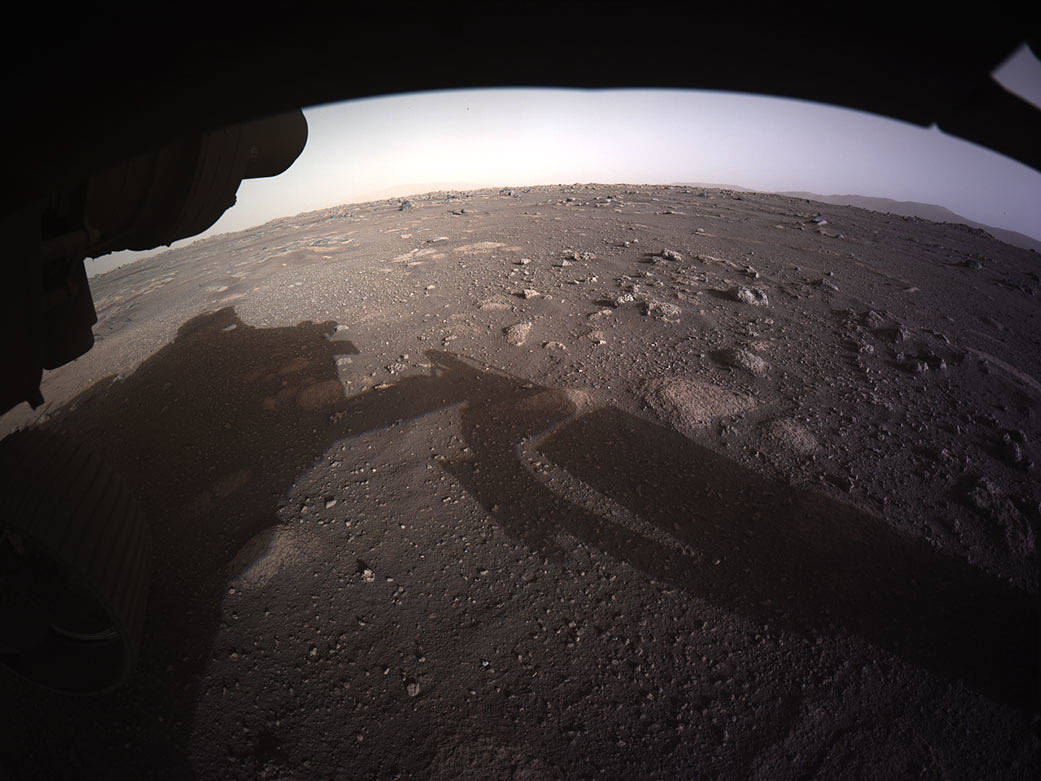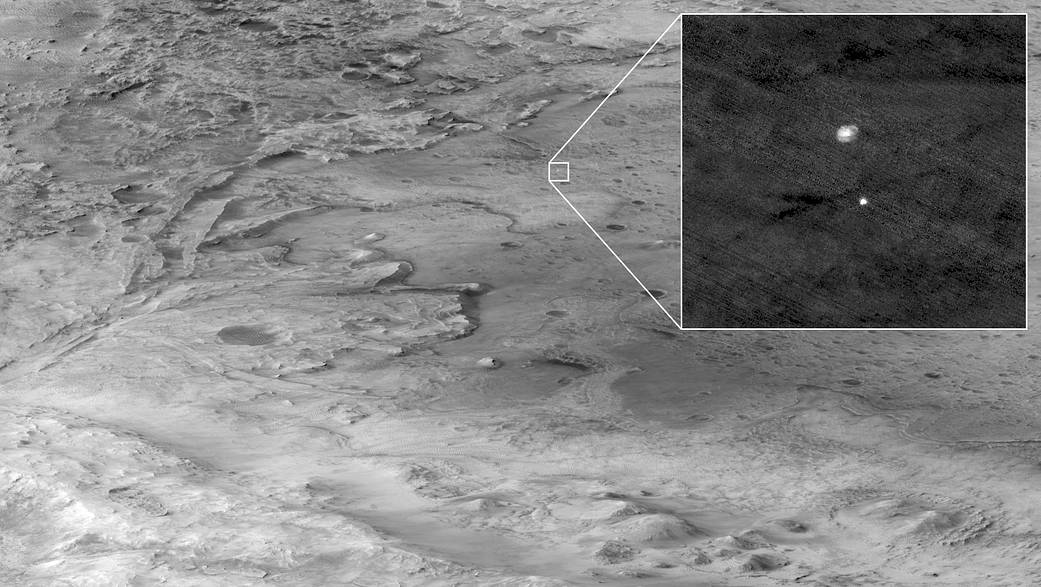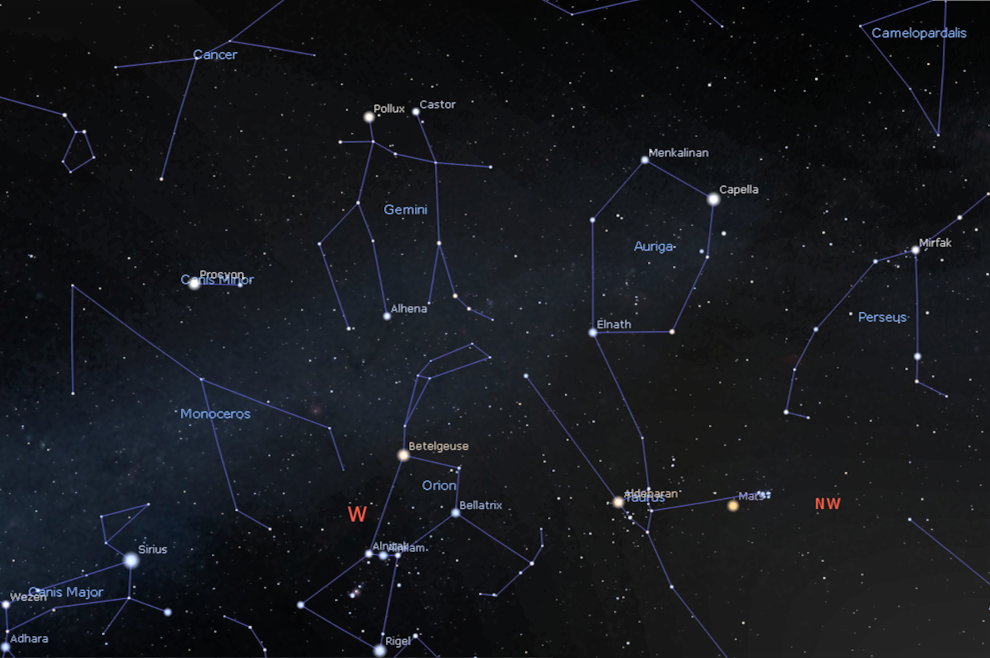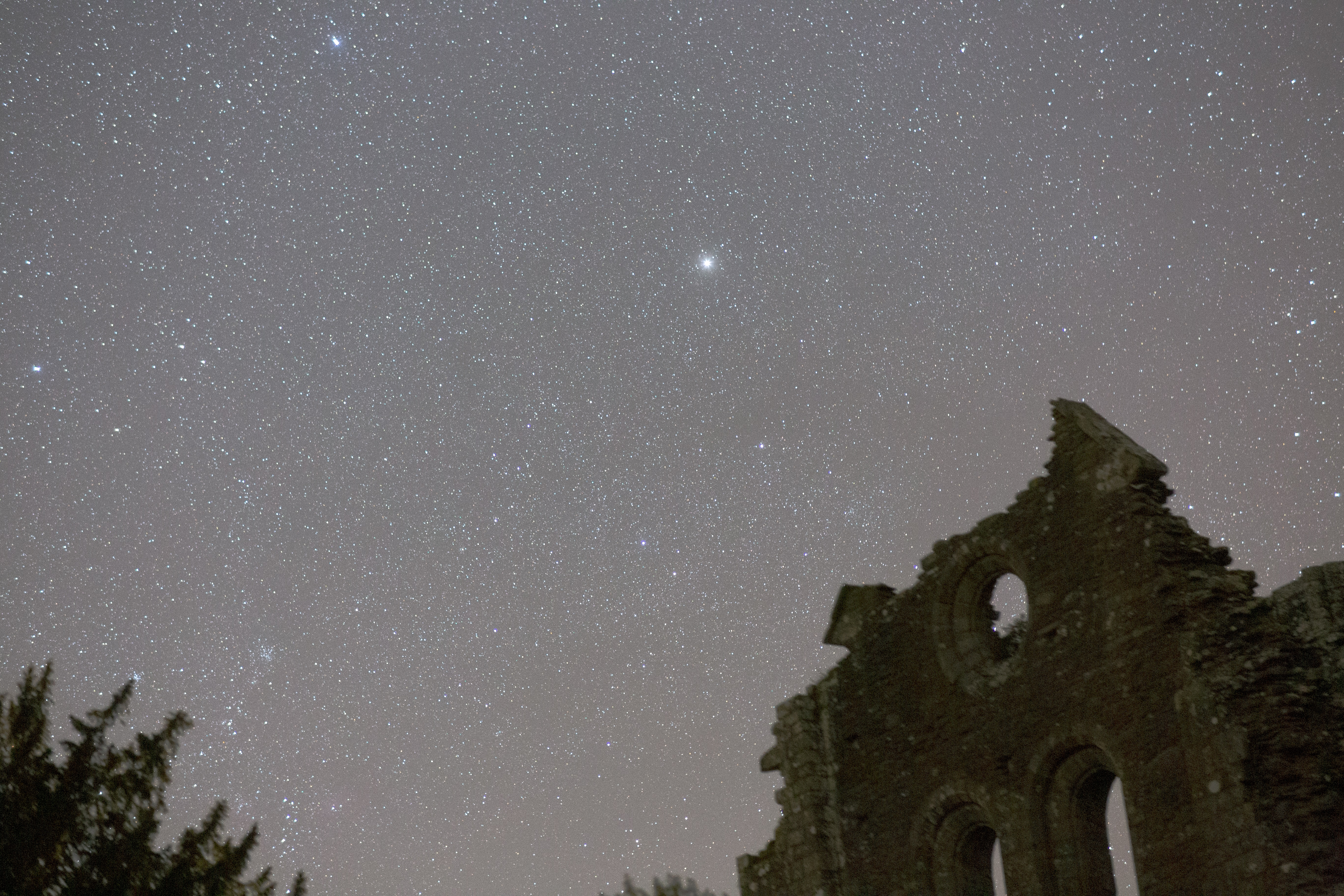
The Spring or ‘Vernal’ Equinox
Having heralded the approach of spring in last month’s blog (which was promptly followed by snowfall across much of the country!), March sees celestial proof that the seasons are changing, with the spring equinox taking place on 20 March. This is the day when the Sun passes the equator moving from the southern hemisphere to the northern hemisphere, with the north pole starting to lean towards the Sun again, and with day and night being roughly equal in length.
The Red Planet
On 18 February, NASA’s Perseverance Rover completed its seven month journey to Mars. It hit the atmosphere of the planet at around 16-times the speed of sound, and touched down gently just a few minutes later, quickly returning its first image from the surface.
You can watch the spectacular video footage that the rover captured on its descent to the surface of Mars here. You can find also find news and information on the mission, as well as the photographs taken by the rover at https://mars.nasa.gov/mars2020/.

Night sky highlights
Meanwhile from our perspective here on Earth, Mars appears to drift slowly past the blue stars of the Pleiades (also known as the Seven Sisters or Messier 45) in the constellation of Taurus through the first half of the month. For more information on this wonderful star cluster, and where to find it in the night sky, check out November’s blog.
On the evening of 18 March, a 25% illuminated Moon, the blue stars of the Pleiades, red giant star Aldebaran and the planet Mars will form a bright and colourful gathering in the south western sky.
The return of the gas giants
Early risers with a low south-easterly horizon might spot Saturn and Jupiter in the pre-dawn sky this month, as well as the planet Mercury. 9 March is a particularly good morning to try and spot these three, as they are joined by a 20% illuminated Moon that sits just to the right of them, providing a helpful guide for where to look.
The constellation of Auriga
Looking almost directly upwards after sunset, Capella, the sixth brightest star in the night sky, will be one of the first stars you spot, blazing from the constellation of Auriga.
While it looks like a single star to the naked eye, it is actually a system of four stars made up of two pairs. The pair whose light we see most clearly are both nearly 10-times the size of our Sun, and they are remarkably close together, orbiting each other at around the same distance that Venus orbits the Sun.

While highest in the southern sky through winter, Capella is ‘circumpolar’ from the UK, meaning that it never sets below the horizon in the north, but can be seen swooping between Polaris (the pole star) and the horizon through the nights of the summer months.
The constellation of Auriga contains three large, distant clusters of stars, called Messier 36, 37 and 38, visible as faint, hazy blobs of light from dark skies away from town and city lights. The stars in these clusters look faint because they are much further away from us than the brighter, more prominent stars around them in our night sky.
Capella, for example, is ‘just’ 40 light years away, while these star clusters are between 3,500 and 4,500 light years away. The clusters are visible to us because they contain a number of stars much brighter than our own. At that distance, our own star would not be visible.

Other night sky sights to spot this month
The Plough, an asterism of the stars in the spring constellation of Ursa Major (the Great Bear) is visible all year round, but is highest in the night sky through spring. Look high in the north east at around 9 – 10pm to see how its position has changed since we introduced it in December’s blog.
March is a great month to try and see the International Space Station as it passes over the UK. Use the table below to find the best times to spot it.
The new Moon will bring the darkest skies of the month to the nights around 13 March, while the full Moon will appear in the constellation of Virgo on 28 March.
As spring arrives, the core of the Milky Way, the dense swathe of stars that amass around the centre of our galaxy, becomes visible low in the east before dawn. We’ll look at this wonderful sight more next month!
The International Space Station
The second half of March provides an excellent opportunity to see the ISS as it orbits our planet at around 27,700km (17,200m) per hour. We’ve picked out the brightest, highest passes across the sky, but you can visit heavens-above.com to see a complete list of passes.
| Best ISS passes over UK (times may vary slightly depending on location) | |||
| Date | Time | Where will it come from? | Where will it head? |
| 20-Mar | 20:02 | SW | ESE |
| 21-Mar | 20:51 | WSW | WSW |
| 22-Mar | 20:03 | WSW | E |
| 23-Mar | 19:16 | SW | E |
| 23-Mar | 20:53 | W | WNW |
| 24-Mar | 20:05 | W | ENE |
| 25-Mar | 19:18 | WSW | ENE |
| 25-Mar | 20:54 | W | NW |
| 26-Mar | 20:07 | W | E |
| 27-Mar | 19:19 | W | E |
| 27-Mar | 20:56 | WNW | WSW |
| 28-Mar | 21:09 | WNW | ESE |
| 29-Mar | 20:21 | W | E |
| 29-Mar | 21:58 | W | SW |
| 30-Mar | 21:10 | WNW | SE |
| 31-Mar | 20:23 | WNW | ESE |